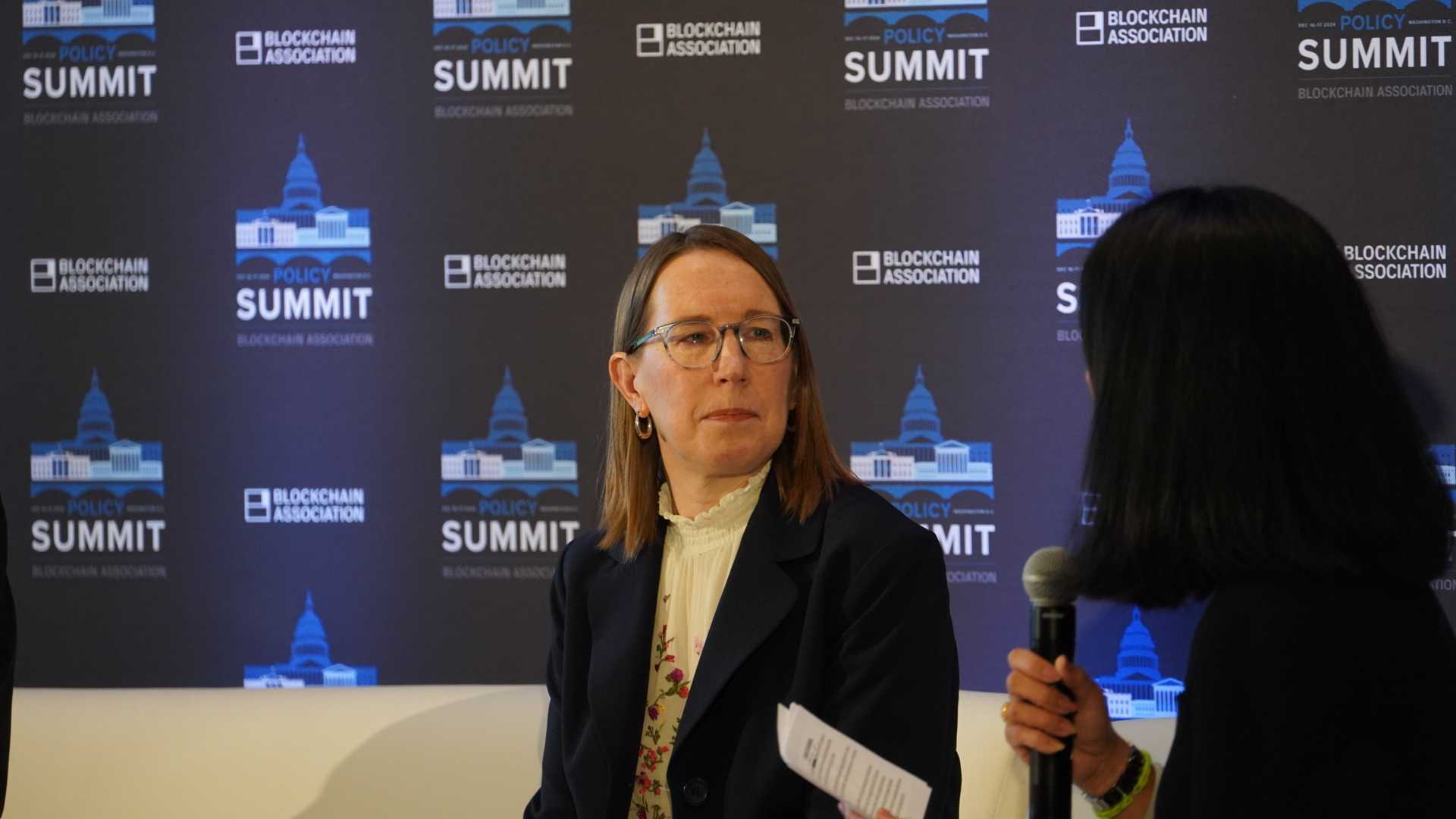Uncategorized
SEC Commissioner Hester Peirce Lays Out 10 Priorities for New Crypto Task Force

The U.S. Securities and Exchange Commission’s (SEC) newly-created Crypto Task Force is working to create long-awaited regulatory clarity for the crypto industry, according to a Tuesday statement from Commissioner Hester Peirce.
Pierce, who was appointed by Acting Chair Mark Uyeda to spearhead the Crypto Task Force, laid out 10 of the group’s priorities, including resolving the question of what makes a cryptocurrency a security vs. a commodity, and creating a more “viable” path to registration by modifying the SEC’s existing paths.
Other priorities include “provid[ing] clarity about whether crypto-lending and staking programs are covered by the securities laws” and deciding which parts of the market fall outside the SEC’s jurisdiction.
The Crypto Task Force was established just two weeks ago, one day after former Chair Gary Gensler — who was known for his so-called regulation-by-enforcement approach to crypto — stepped down. Both Peirce and Uyeda have been vocal in their disapproval of Gensler’s strategy, and have indicated a massive shift in the agency’s approach to crypto regulation under the new Donald Trump administration. Just two days after the task force was created, the SEC rescinded its controversial Staff Accounting Bulletin 121, which Peirce heralded as a “milestone” for the Crypto Task Force in her Tuesday remarks.
Read more: SEC Forms New Crypto Task Force Spearheaded by Hester Peirce
Comparing the agency’s history of crypto regulation to a family road trip, Peirce said that the Crypto Task Force’s regulatory approach “should be more enjoyable and less risky than the crypto road trip the Commission has taken the industry on for the last decade.”
“On that last trip, the Commission refused to use regulatory tools at its disposal and incessantly slammed on the enforcement brakes as it lurched along a meandering route with a destination not discernible to anyone,” Peirce said.
Peirce acknowledged the “legal imprecision and commercial impracticality” of the SEC’s regulation of crypto under Gensler, and stressed that it will take time for the Crypto Task Force to decide what to do with the legacy of enforcement he left behind.
“Many cases remain in litigation, many rules remain in the proposal stage, and many market participants remain in limbo,” Peirce said. “Determining how best to disentangle all these strands, including ongoing litigation, will take time. It will involve work across the whole agency and cooperation with other regulators. Please be patient. The Task Force wants to get to a good place, but we need to do so in an orderly, practical, and legally defensible way.”
Though many parts of the agency’s approach to crypto regulation are changing, Peirce’s statement makes clear that the SEC’s primary objective – to protect investors – remains as important as ever.
“One of the reasons the U.S. capital markets are so robust, efficient, and effective is that we have rules designed to protect investors and the integrity of the marketplace, and we enforce those rules. We do not tolerate liars, cheaters, and scammers,” Peirce said. “As the Task Force works to help develop this regulatory framework, it will give careful consideration to antifraud protections. If the Commission spots fraud that lies outside our jurisdiction, it can refer the matter to a sister regulator. If it does not fall within any regulator’s jurisdiction, the Commission can bring that gap to Congress’s attention.”
Uncategorized
Elon Musk vs. the regulators
Welcome back to TechCrunch Mobility, your hub for all things “future of transportation.”
Uncategorized
Nvidia’s AI empire: A look at its top startup investments
Over the last two years, Nvidia has used its ballooning fortunes to invest in over 100 AI startups. Here are the giant semiconductor’s largest investments.
Uncategorized
Dating app Cerca will show how Gen Z really dates at TechCrunch Disrupt 2025
Cerca is a dating app that sets users up with mutual friends.
-

 Business12 месяцев ago
Business12 месяцев ago3 Ways to make your business presentation more relatable
-

 Fashion12 месяцев ago
Fashion12 месяцев agoAccording to Dior Couture, this taboo fashion accessory is back
-

 Entertainment12 месяцев ago
Entertainment12 месяцев ago10 Artists who retired from music and made a comeback
-

 Entertainment12 месяцев ago
Entertainment12 месяцев ago\’Better Call Saul\’ has been renewed for a fourth season
-

 Entertainment12 месяцев ago
Entertainment12 месяцев agoNew Season 8 Walking Dead trailer flashes forward in time
-

 Business12 месяцев ago
Business12 месяцев ago15 Habits that could be hurting your business relationships
-

 Entertainment12 месяцев ago
Entertainment12 месяцев agoMeet Superman\’s grandfather in new trailer for Krypton
-

 Uncategorized4 месяца ago
Uncategorized4 месяца agoRobinhood Launches Micro Bitcoin, Solana and XRP Futures Contracts


